Residents say Roath’s lake is in its “worst state” ever but with several major issues to resolve and a council short on money, is it likely to be restored to its former glory?
ROATH Park is one of the city’s most loved treasures.
Since opening in 1894 it has become affectionately known as the jewel in Cardiff’s crown.
In recent years though, people who live on the edge of the park are increasingly frustrated. One resident called the state of the park a “disgrace”.
Many in the community want the lake to be restored to its former glory but lurking beneath the surface of the water are several large-scale problems which are expensive to fix.
There is already a £6 million scheme in place. The Roath Dam Project aims to ensure the safety of the dam, with flooding a concern for the future.
There is also a build up of silt in the lake. The solutions to that problem vary between dregding and more environmentally-friendly solutions.
Add to that the issue of the potentally hazardous blue-green algae in the water.
Options to solve these issues are available but Cardiff Council faces a £53m hole in its budget for the coming year and has said there is no plan for any improvement works.
“It should be brought back to its former glory”
Peter Dite was born in 1958 on North Road, a stone’s throw away from Roath Park.
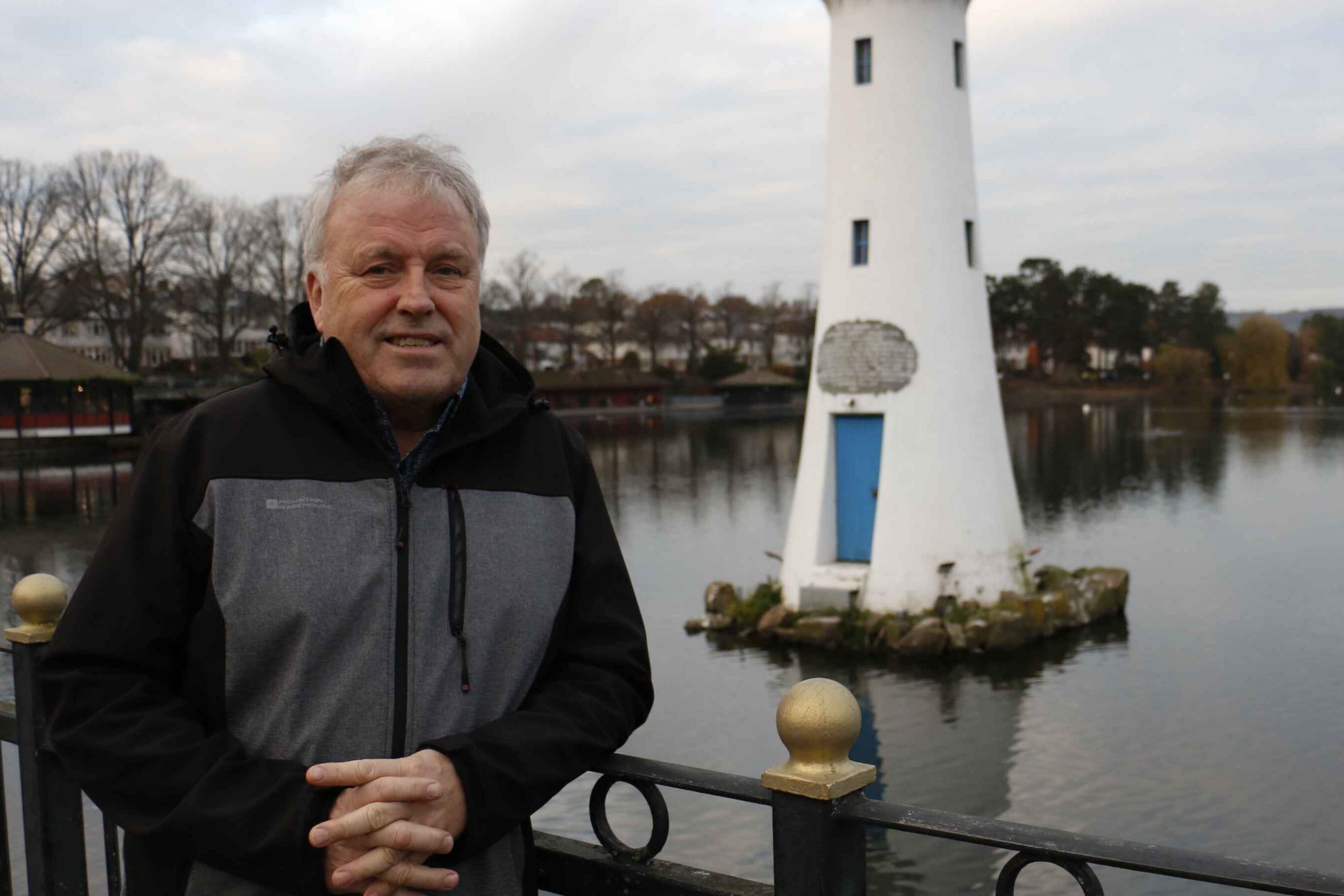
Now aged 64, Mr Dite has lived his entire life near the park, choosing to raise his own family on the bank of the lake.
“I remember jumping in there when I was 16, in the 1970s,” he laughs.
“It was waist deep at the time. The lake is only a fraction of its former size (now).
“As a kid, I can remember there being swimming and the changing cubicles on the east side. You can still see the handrails there, where people used to swim.
“I remember our biology teacher taking us down there, when it was drained, to show us the fresh-water clams. They were all over the bed of the lake.”
Sharing a walk around the lake today though, Mr Dite describes it as in the “worst state” he’s ever seen it and in dire need of dredging: “They call it the jewel in Cardiff’s crown, but it’s got to be a ropey crown if that’s the best jewel.”
He’s not alone in thinking that.
Anne Bell lives just a five-minute walk from Roath Park and has done for 40 years.
Since 2009, the local historian and former Cardiff University librarian has dedicated much of her time to researching and writing about Cardiff’s parks.
“The entire park isn’t looking as good as it once did,” Ms Bell says.
“I think it’s been in gradual decline. There’s been the occasional injection of capital funding, but what they need is recurrent funding – for staff, the expenditure of planting, and maintaining the park.
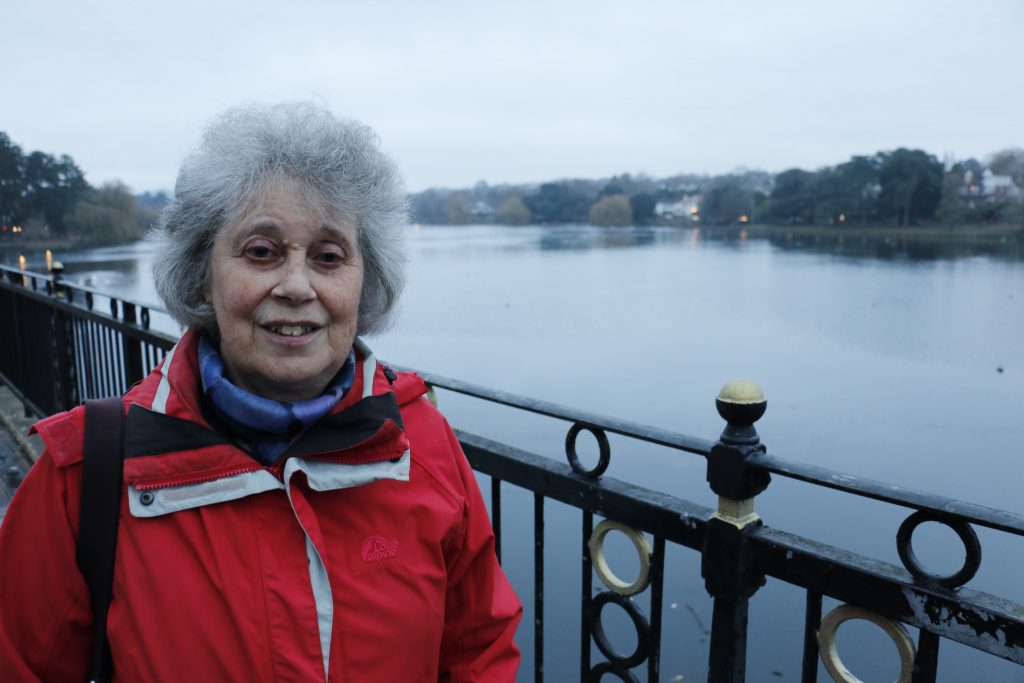
“Things have declined so much that not too many people remember how it used to be. The fear is there will be less will to make it better.”
Ms Bell said the deterioration of Roath Park, as well as other Cardiff Parks, is due to a decline in funding.
Cardiff Council says that over the past 10 years its budget has been cut “by over a quarter of a billion pounds” and that is “clearly” impacting on the resources available.
Ms Bell said: “None of our parks are as well cared for as they once were, it’s entirely down to the fact that there aren’t the people on the ground like there used to be. There’s an awful lot to be done, and they can’t do it.
“Things have declined so much that not too many people remember how it used to be.”
“Things that used to be perfect in photographs from 50 years ago just aren’t done anymore. The edges of the lawn aren’t cut properly, the weeds are overgrown, and the roses are struggling in the botanical garden.”
Mr Dite added: “It’s by far the worst state I’ve seen it in. There are two or three willow trees that have fallen down. They’ve been left until they fall into the lake.”
Is there money available to restore the park?
The recent news that Cardiff Council has a £53 million deficit in its 2023/24 budget is significant.
Parks are not a statutory service – meaning the council does not have a duty to provide them – and so parks are likely to find funding even tighter in the future.
That has to be balanced by the fact that ensuring the future of green spaces and lakes in urban areas, in the face of climate change, has arguably never been more important.
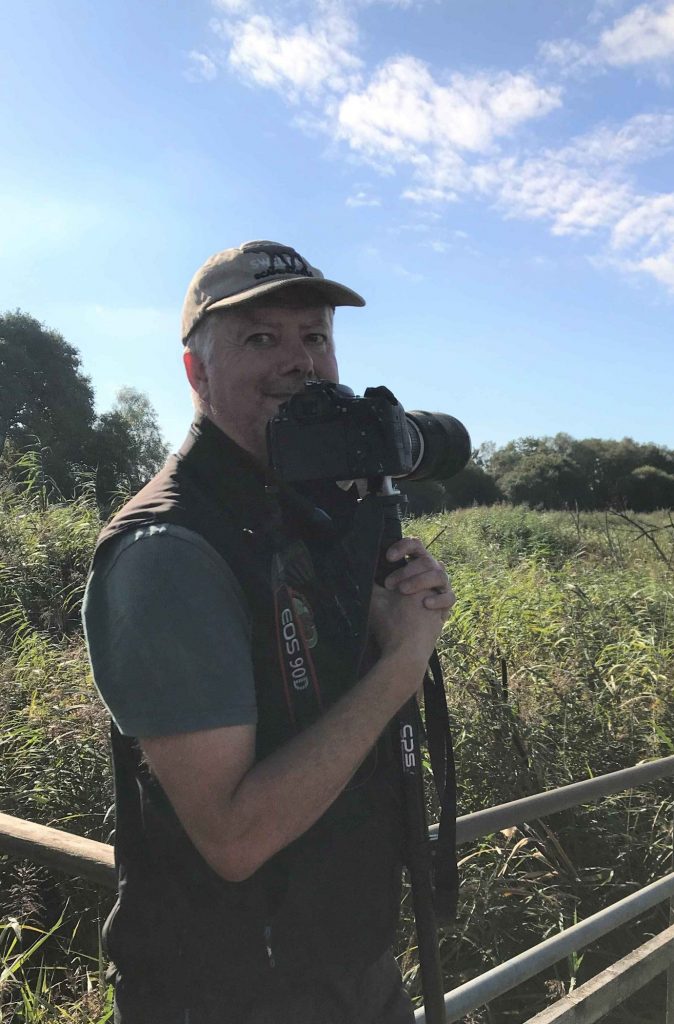
Doctor Rupert Perkins, who specialises in marine and fresh-water biosciences at Cardiff University, stressed the key role that Roath Park lake plays for the city.
“The value of a town lake is immense,” he said.
“Think about the ecosystem around it. It’s not just a pretty place people can walk, it’s an air filtering ecosystem.
“Over the summer, we were always talking about the warm weather and high temperatures – lakes can help to regulate these temperatures.”
What needs to be done and what are the solutions?
Mr Dite points toward the north end of the reservoir, which has now become so full of silt – a sandy clay made up of rock fragments – that the lake is becoming shallow and visibly muddy.
Silt can be removed by dredging with a specialist boat. Cardiff Council last dredged the lake in 2002, after one councillor said, in a September 1999 council meeting, that the lake was “silting over before our eyes”.
Dr Perkins explains: “Any town lake is going to silt up. And if you don’t desilt it, it’s going to become harder to clean up.
“Artificial lakes haven’t evolved over time with the natural area. They can be wonderful but, by definition, they are man-made. So they need to be man-managed.
“If you want it to stay a lake, it has to be desilted.”
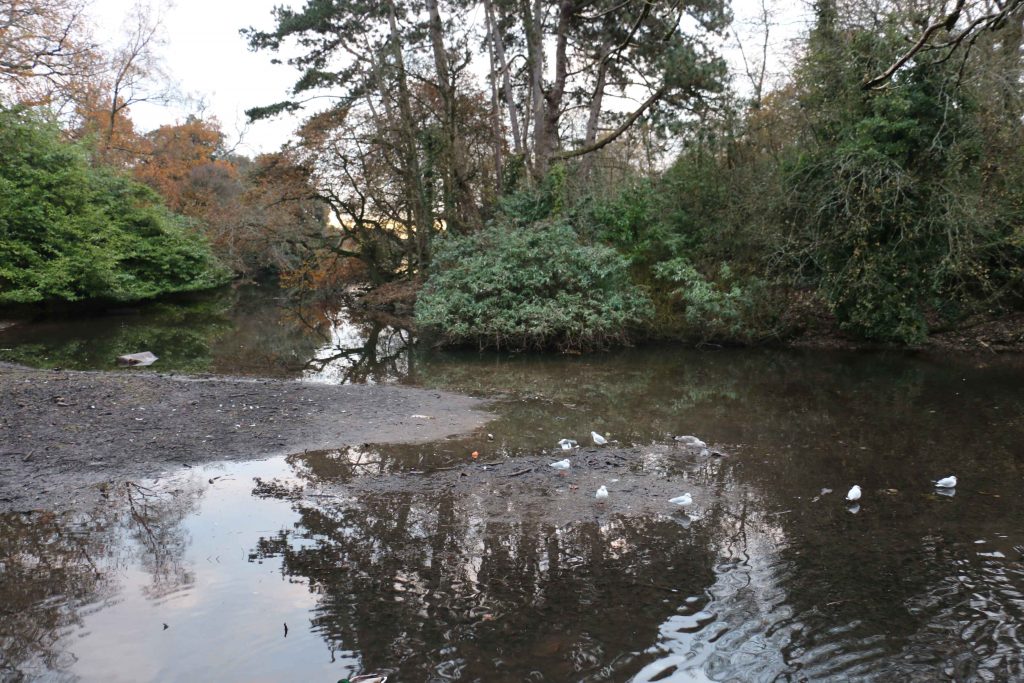
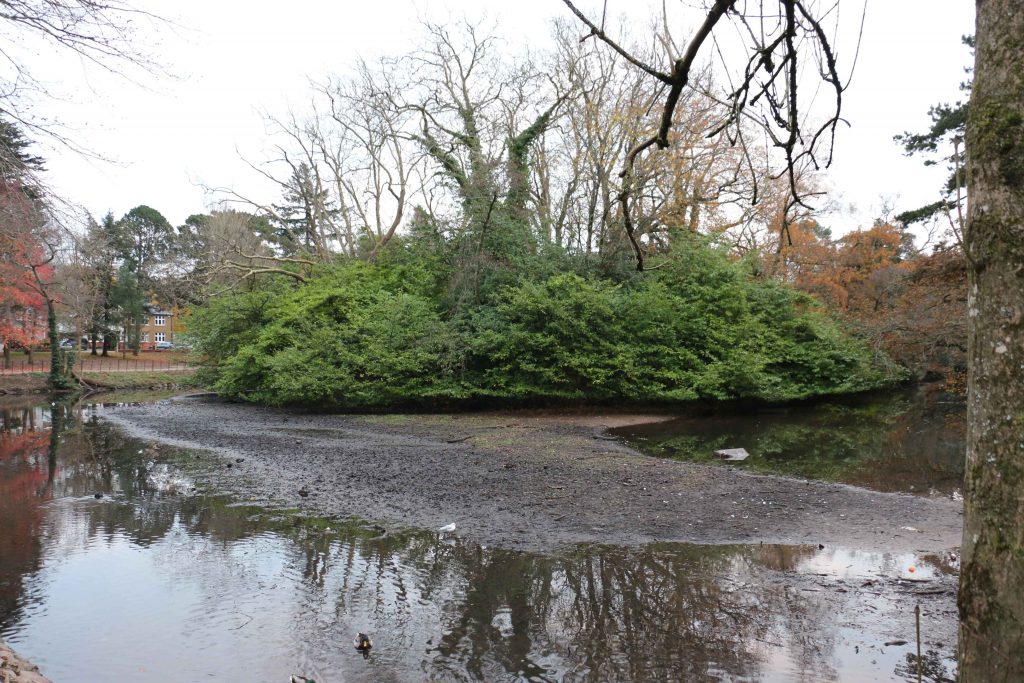
What will the Roath Park Dam Project do?
The project was born after an All Weather Dam Panel report revealed that the dam would not be able to withstand an extreme flooding event.
The scheme, which could see the construction of a larger spillway and a new flood wall, is currently under consultation.
The project does not include plans to desilt the lake. In a webinar on December 8, a member of the public asked whether the “unsightly” silt could be removed as part of the project.
Cardiff Council said it would “consider” dredging the lake as part of the project, but that the dam is the “main focus”.
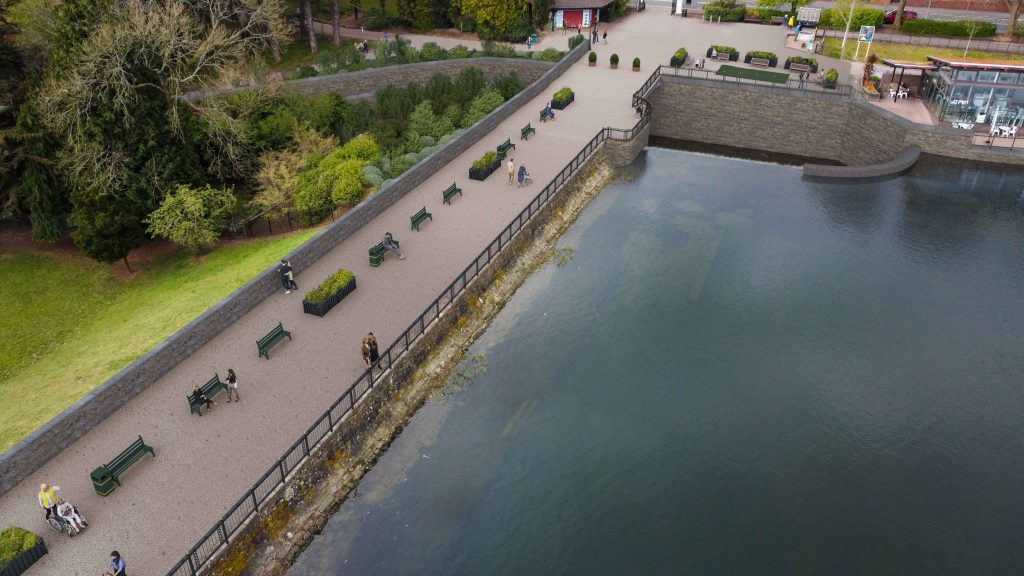
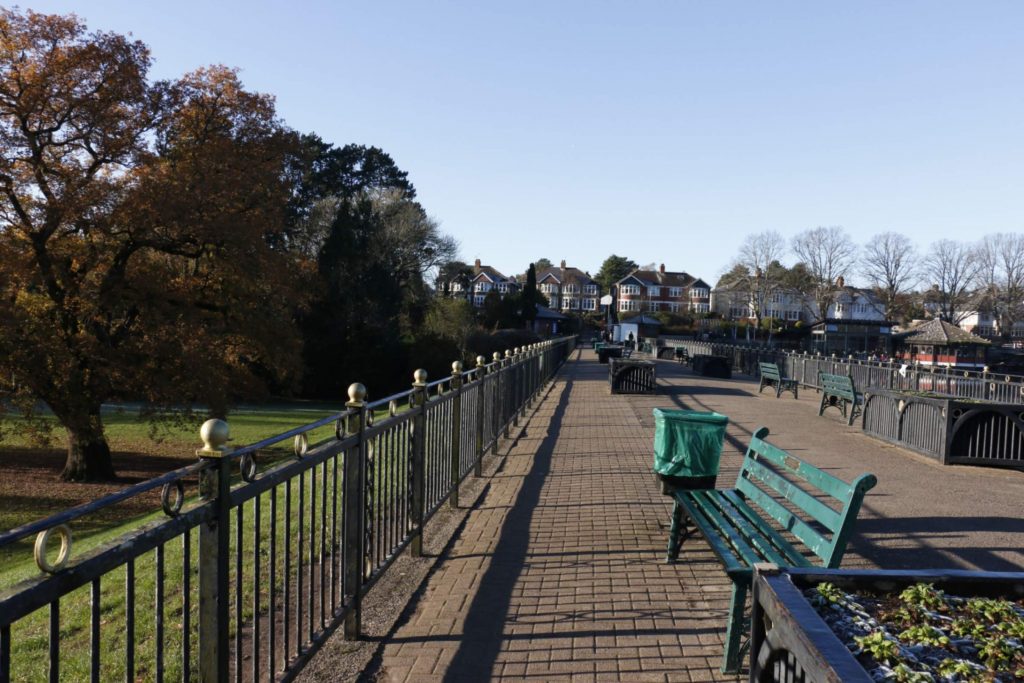
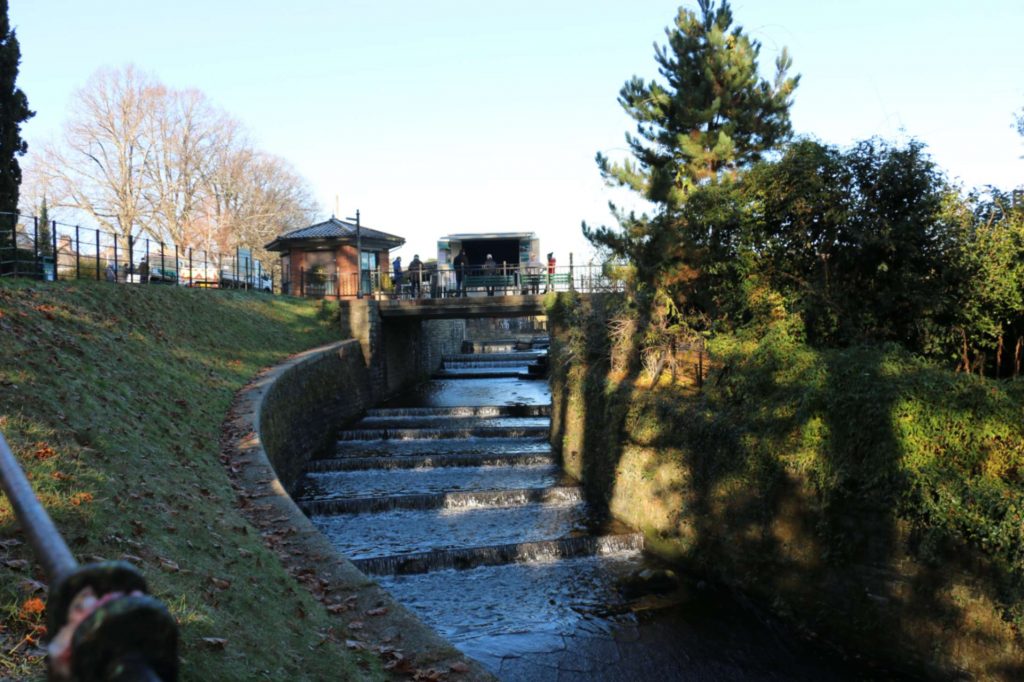
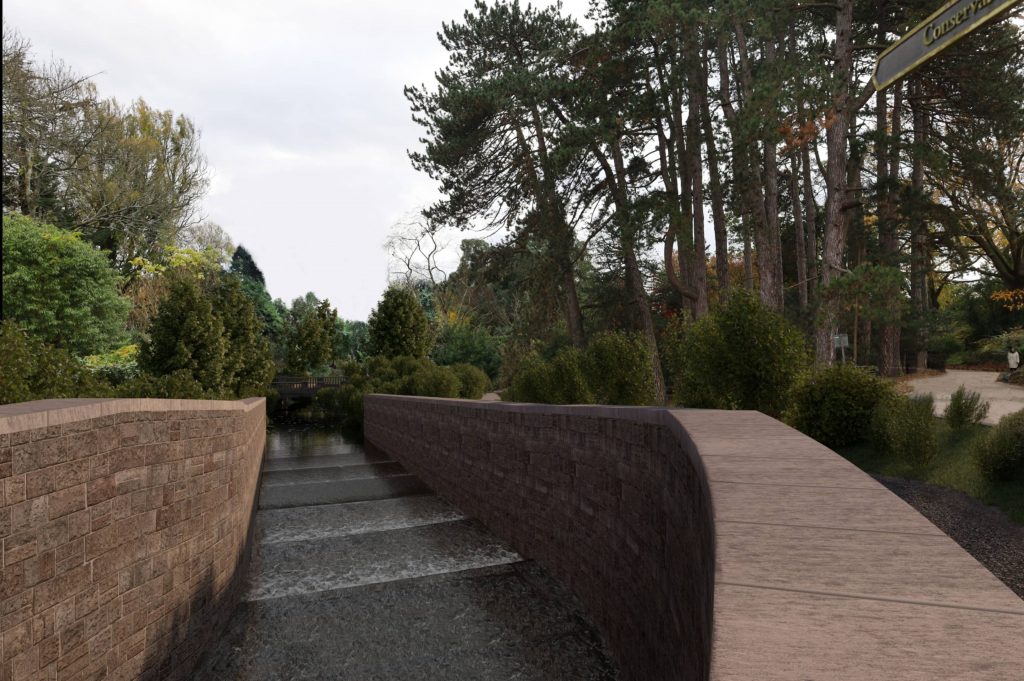
However, Dr Perkins said he “wouldn’t be rushing in” to dredge the lake and suggested to a more nature-based solution: “My first thought would be: ‘Could we plant a reedbed’?
“It would provide a natural filtering system, stabilise and filter silt, and increase biodiversity and species variation, which improves the resilience of the lake.
“More recently, for us, the standard buzz word is ‘nature-backed’ solutions. You don’t always go for the heavy engineering option. There could be a compromise between dredging and reedbeds.
“It depends on the lake. It needs to be studied.”
What’s the blue-green algae problem?
In 2018 and 2020, blue-green algae was found in the lake. The algae can be harmful to animals and particularly dogs – in some cases killing them.
It can also be harmful to people, causing skin rashes, nausea, vomiting, stomach pains, fever, and headaches.
Cardiff Council says blue-green algae is a “natural inhabitant of many inland waters, estuaries, and even the sea”.
But Dr Perkins says shallow water and a site that silts up – both of which apply to Roath Park – “is a double whammy” for blue-green algae growth, which uses nutrients from the silt to grow.
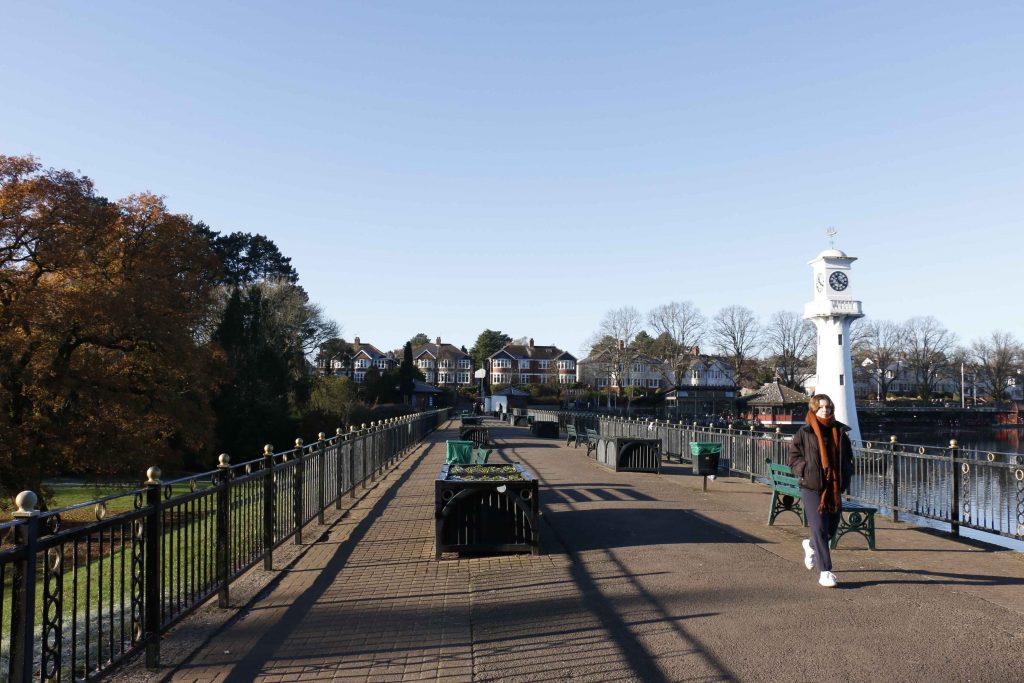
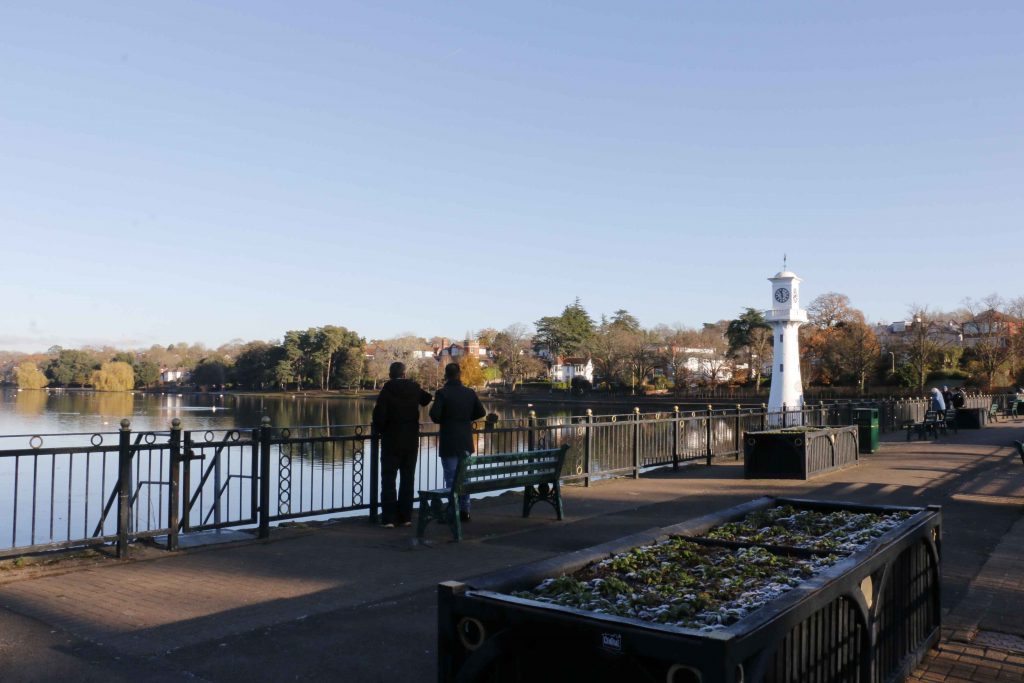
Reedbeds, he says, would control the blue-green algae growth by capturing the silt and increase biodiversity.
That solution would create a “mosaic of biodiversity and habitat” to help “keep the balance” and improve the resilience of the lake, in turn limiting the chance of the lake becoming dominated by bacteria – which is what causes the algae to grow.
These issues are not new. Ms Bell said her research revealed problems with silt were first reported in 1897, three years after the lake was opened.
Twenty years after the site was last dredged there are currently no plans to remove the silt, leaving what Mr Dite calls an “air of neglect” around the much-loved lake.
As is the case with so many other valid causes, the near-term future of the lake is going to a trade-off between the amount of money in the council’s pot for restoration, and the priority environmental issues are given in competing for that very limited funding.



